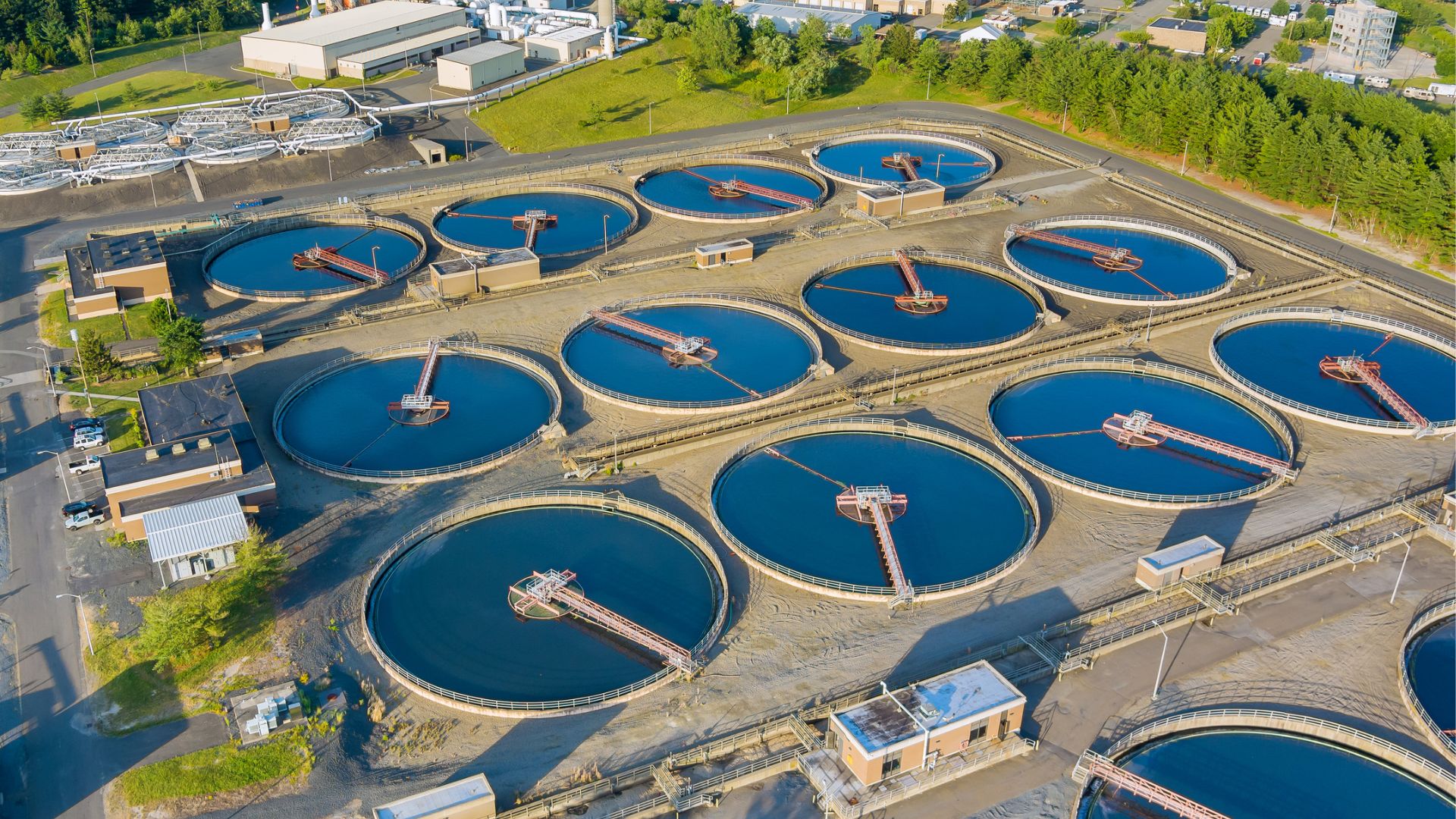Lowering energy costs by improving your wastewater process
Water and energy have long been recognized as nexus problems, which highlights the interconnectedness between them. For example, large-scale energy production can’t be accomplished without water, and water requires energy to clean and pump it to where it is needed.
As companies increasingly come under pressure with escalating energy costs and targets to reduce greenhouse gas (GHG) emissions, they need to look beyond the “easy” solutions. One of the less obvious sources for reducing energy and GHG emissions?
Wastewater treatment. Something no one wants to think about can have a big impact on energy consumption.
It is currently estimated that water and wastewater treatment accounts for about 4% of global electricity generation, or equivalent emissions of the entire shipping industry. A recent report also showcased that the greenhouse gases from wastewater treatment facilities generate have gone woefully underreported, with findings showing that these types of plants are responsible for emitting as much as 23% more GHG than previously thought. 30-40% of water utilities operating budgets are energy costs. The private sector is acutely aware of the connection as well; one CPG company shared that they had evaluated water use within their facility and 70% of water activities had an associated energy impact. Reducing water use means reducing energy use. This link between water and energy is clear, but often underappreciated.
Your Current Wastewater Energy Use
Depending on what your current practices are for wastewater management, you could have significant energy consumption. You can see how wastewater contributes to greenhouse gas emissions in our recent blog about how wastewater can help companies achieve their climate action goals. We also participated in a panel discussion about wastewater’s contribution to decarbonization.
The process of treating wastewater can take a lot of energy if you are utilizing processes like aerobic digestion. Aerobic digestion is a biological treatment that uses oxygen to help the microbes break down organic material. If you are using (or considering using) anaerobic treatment, this requires lower energy inputs and can be considered energy positive because it generates biogas (or methane) that can be cogenerated and used to partially power the facility.
How to Lower Your Energy Costs by Improving Wastewater Process
There are several things that can be done to lower energy costs, and the first is to have a solid understanding of what you are spending, and how it is being spent. This can be done by looking at energy bills, conducting an equipment efficiency audit, talking to employees, and looking into the production to see if there are disruptions which are causing extra energy consumption downstream. Look at trends across multiple months to see patterns and opportunities for conservation. Also understand the impact of business decisions on treatment efficiency and usage.
It is common for things to happen within a variable production environment. For example, there could be bad batches, product line changeovers, production shutdowns or water conservation which will all show up in the wastewater, and will all affect treatment efficiency. As higher concentrations of organics enter the wastewater, higher energy will be required to clean it.
The best audit process will begin with an outline of what you currently have on-site, and possible steps that can be taken. The audit should outline different improvements and adjustments that can be made to enhance an existing system and then outline the expected cost differences those enhancements might have. For example, adding a chemical separation stage in an aerobic-based wastewater management system can help many facilities cut their overall energy costs.
Another option to consider is to separate out the high-strength wastewater and treat it in another way. By diverting (or side streaming) high concentrations of organics (typically TSS and BOD), the remaining effluent will not require as much energy to clean using conventional treatment technologies.
Lower Energy Costs With Aquacycl
Aquacycl’s technology is unique in the ability to handle very high concentrations of organics (up to 200,000 mg/L BOD), which means that these streams can be treated onsite in a very low energy way. We remove the bulk of organics, making aerobic treatment operate more efficiently and with lower energy consumption. At one site, we demonstrated 90% mitigation of GHG emissions compared to conventional aerobic treatment. Alternatively, when paired with anaerobic digesters, we increase the VFA conversion and normalize the feedstock, meaning lower chemical requirements and higher biogas generation.
Tank Storage Magazine offered a good case study for how we make this work in a recent article that highlighted our system removing hydrocarbons at one of Vopak’s terminals. Vopak is the world’s largest privately held tank terminal company, and is committed to storing vital products with care.
Aquacycl and Vopak validated that the BETT system can treat terminal wastewater to permitted discharge levels, while reducing GHG emissions by 50% reduction, with a 40%+ reduction in energy costs for treatment and 90% reduction in secondary sludge generated during treatment.
Invest in Your Facility's Future and a Better Global Future With Aquacycl
Here at Aquacycl, we are driving toward off-sewer and off-energy grid decentralized treatment, where we can increase the proportion of wastewater treatment without adding carbon.
Whether you have existing treatment onsite, are trucking wastewater for offsite disposal, or are discharging directly to sewer, contact our team today to see if we can help you reduce energy consumption by applying new technologies.

